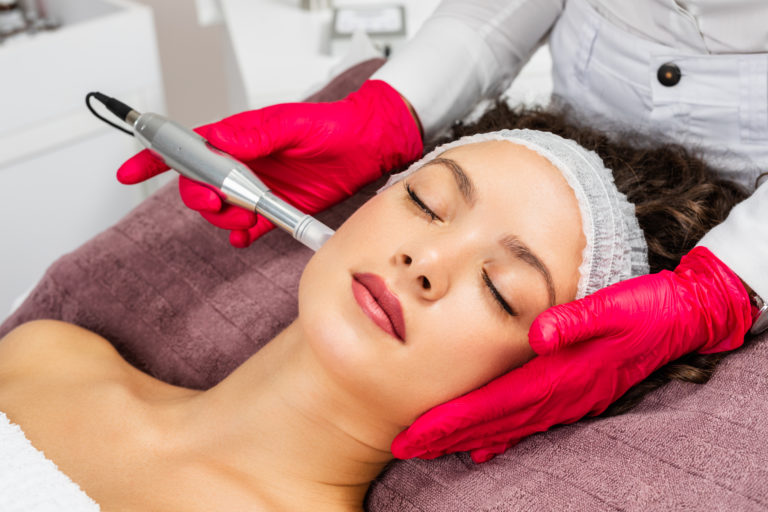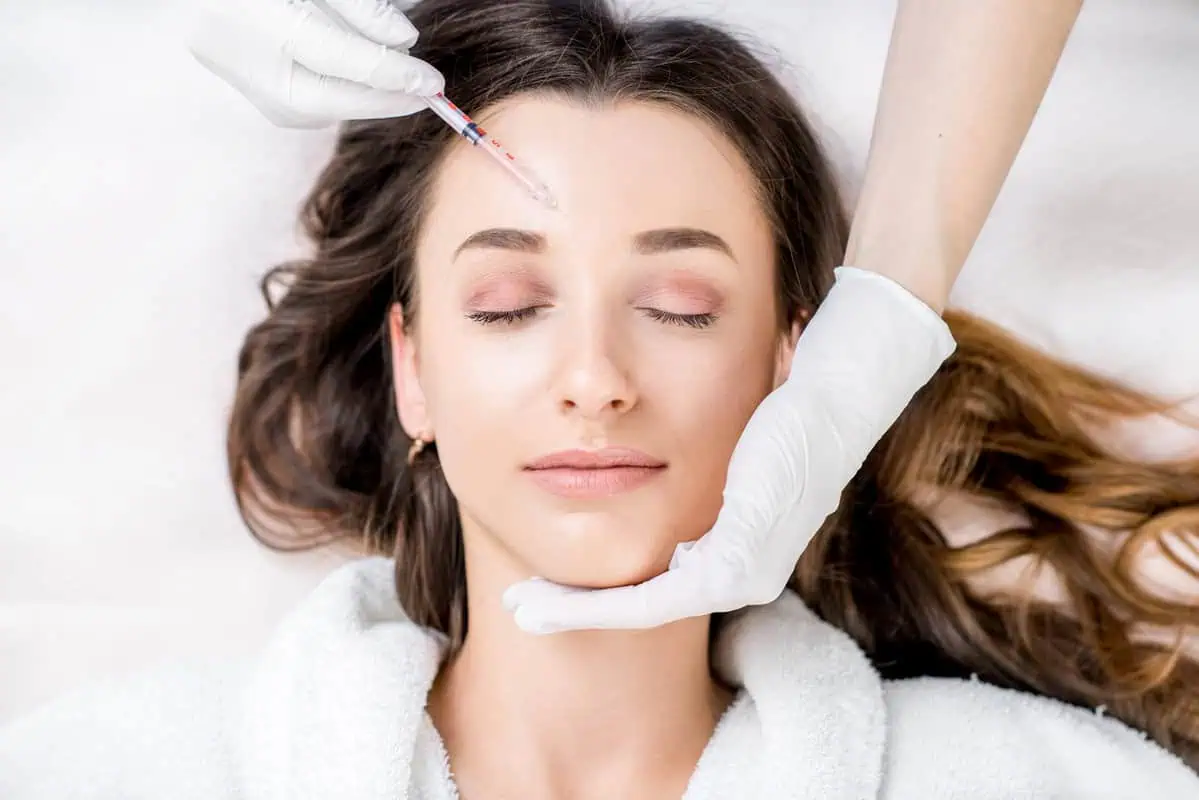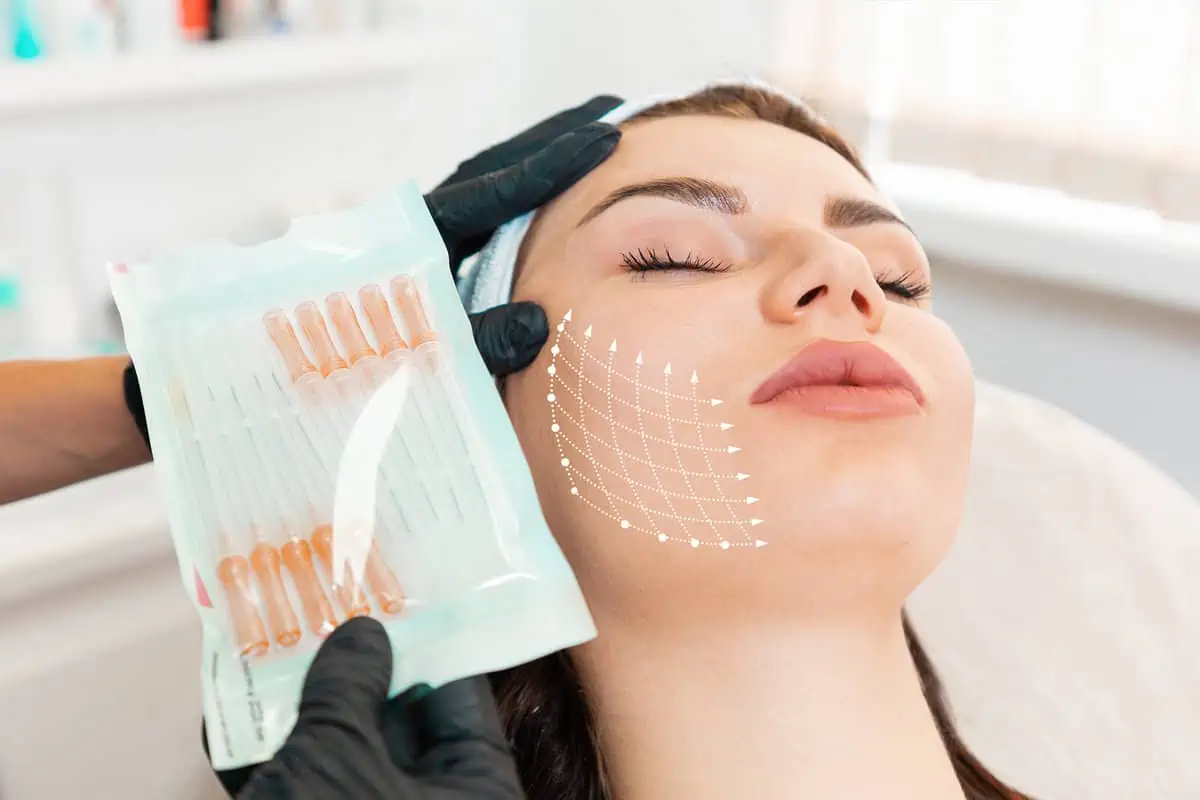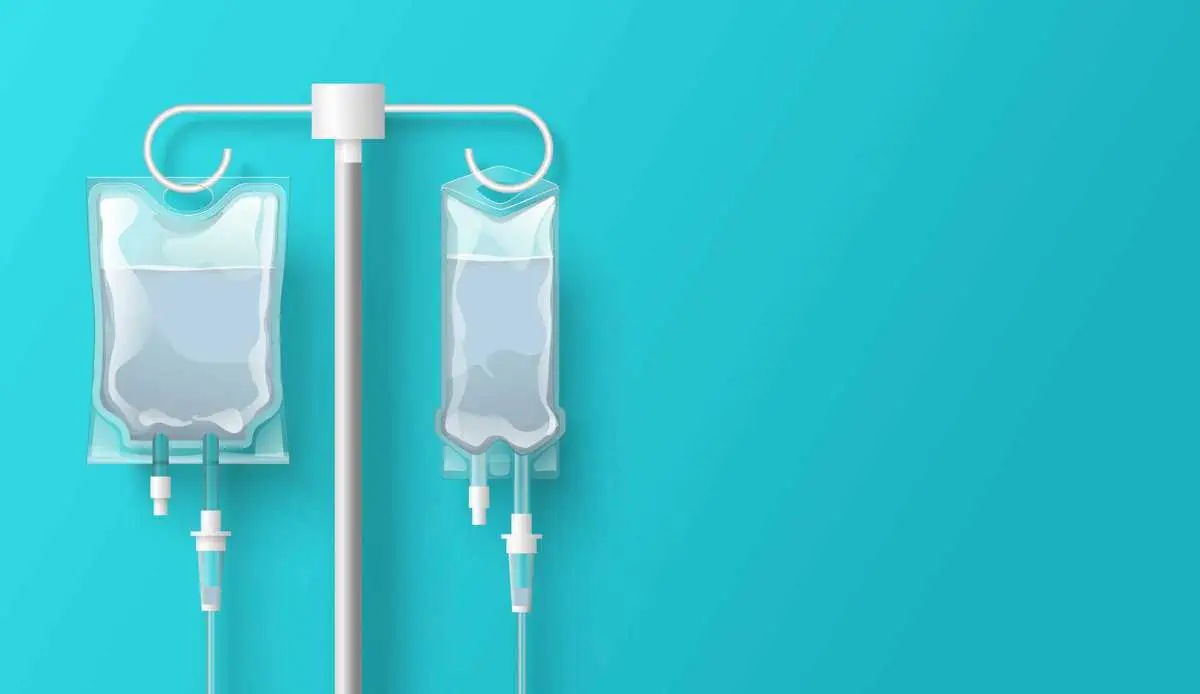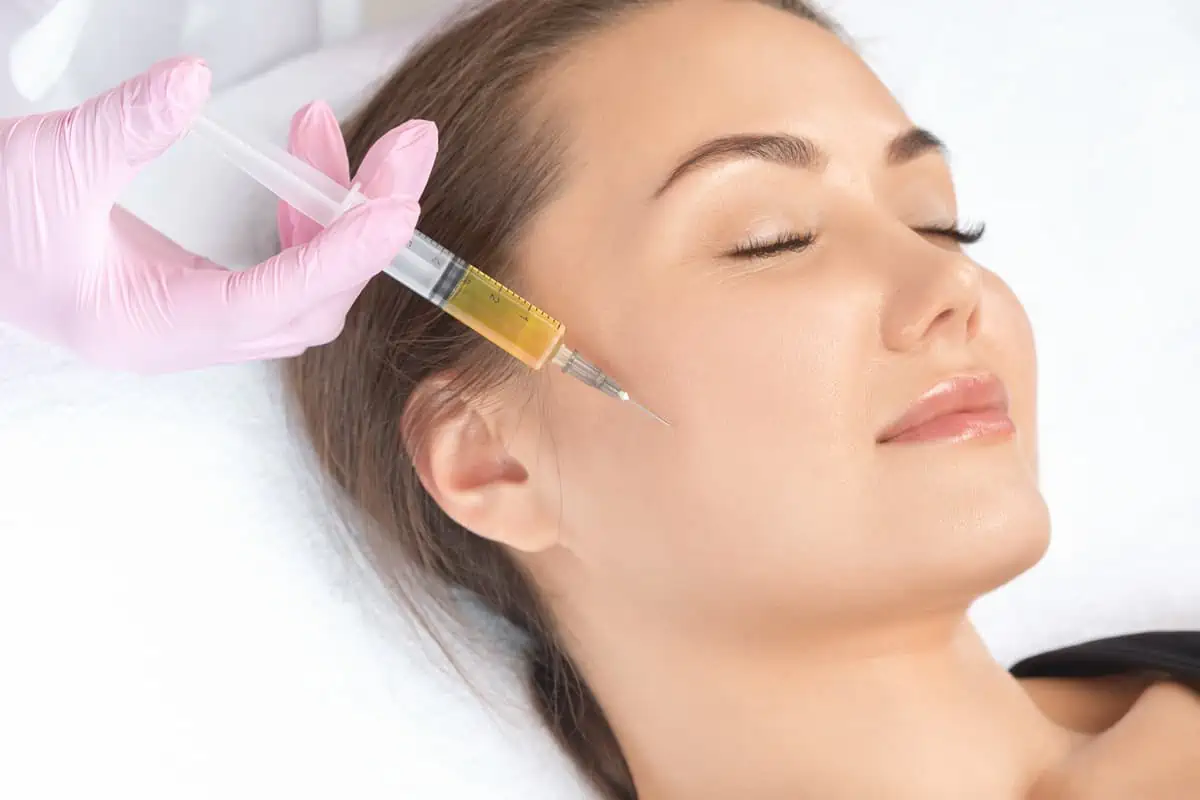Microneedling with PRP has gained popularity in recent years as this skin rejuvenation technique is minimally-invasive and does not involve chemicals. Many have shown widespread interest in RP Facial with microneedling looking to reverse aging signs and stimulate collagen production by rolling fine needles over the skin and applying platelets. The treatment method indeed uses part of the blood from the person having the procedure to rejuvenate the skin.
How Does Microneedling With PRP work?
Microneedling with PRP starts with having the blood drawn from the patients. Once it has been removed, it’s placed into a centrifuge. This machine applies centrifugal force to spin the blood around quickly and separate the red blood cells from the PRP (Platelet-rich plasma), which refers to “liquid gold.”
After the PRP is separated, the provider will use it with the microneedling pen to be inserted into the skin. That said, this is what makes PRP with microneedling so incredibly effective. For that reason, there has been no other skincare product that can be placed into the skin in this way, as well as no other product that can stimulate the healing process the same way either.
When the process is finished, the remainder of the PRP is applied directly to the outside of the skin. This way, it allows it to work from the outside, creating a radiant, healthy, and youthful glow since it continues to work under the skin. Sometimes, PRP can be directly injected into the area for more significant issues like deeper wrinkles.
What Benefits Does Microneedling With PRP Provide?
Combining PRP with microneedling only means getting the best microneedling benefits as the skin receives the extra boost because of the repairing elements present in the PRP serum. Below are the benefits that this treatment method provides:
PRP with Microneedling Increases Collagen Production
Microneedling works by creating tiny micro-injuries in the skin as the body responds to the minor wounds by naturally healing itself and promoting new collagen production over time. On the other hand, PRP stands for platelet-rich plasma, which uses growth factors and other elements from the patient’s own blood to repair damaged skin. While microneedling by itself is still beneficial, PRP takes the results to the next level.
PRP with Microneedling for Acne Scars
Lightening acne scars and marks to the point where they are barely visible are one of the best microneedling benefits. In fact, the tough scar tissue in the acne marks breaks down during microneedling. Depending on the severity of the scars, the dermatologist may opt to use longer 3mm needles that work better.
PRP with Microneedling for Anti-Aging
The signs of age reversal like lines, wrinkles, creases, parentheses at the corners of the mouth, and crows’ feet are the array of microneedling benefits. The microneedling procedure can stimulate new collagen and elastin production to get that younger appearance again. In fact, combining PRP facials with microneedling can also give faster collagen replacement and more effective results.
PRP with Microneedling Treats Sun Damage and Discoloration
The skin conditions that respond well to PRP are sun exposure damage and pigmentation with patchy skin. PRP with microneedling creates new blood vessels in the skin that work to carry away pigmentation-causing impurities. The two treatment methods, when combined, will allow the doctors to speed up the removal of toxins from the skin to get back its flawless appearance.
PRP and Microneedling for Stretch Marks
While PRP for stretch marks has shown impressive results, dermatologists are now discovering how microneedling can help. The tiny needles in the derma roller break the toughened tissue around the stretch marks. Additionally, the needles stimulate skin repair and reduce the appearance of the stretch marks so that they are extremely light.
What To Expect During The Microneedling With PRP Procedure?
Unlike other cosmetic procedures, microneedling with PRP is a quick process.
Before
Arrive at the provider’s office at least 15 minutes before the appointment, giving time to finish up any last-minute paperwork or payments. Once ready, the nurse or doctor may start cleansing the skin and apply a topical anesthetic. This will need to be set for at least 30 minutes before microneedling begins.
During
Simultaneously, the actual procedure involves two steps. On the microneedling portion, it will last for about 30 minutes, depending on the areas treated. During this time, the doctor will roll a professional-grade derma roller or FDA-approved device on the desired areas on the face.
While on the PRP portion, a syringe of blood will be drawn, usually from the arm, while the face is numbed. As the blood is put into a centrifuge, it then separates the PRP from other blood components. Once done, the PRP solution is then massaged into the treatment area, usually after microneedling.
What Is The Recovery Process After The Procedure?
Immediately after the procedure, the skin will experience mild redness and irritation. However, most people report only slightly tight skin and minimal residual redness by the following day. That’s just part of the fantastic benefits of the PRP.
Over the next 48 hours, as the skin continues to heal, the patient may also notice mild flaking, dryness, swelling, and scaling. Use the post-procedure skincare products given by the doctor, and wait to apply makeup for at least 24 hours. Patients can return to their previous routine within a week.
What Are The Risks Of Microneedling With PRP?
In general, microneedling with PRP has a quick recovery time and won’t impede the patient from doing daily activities. However, patients might experience some side effects.
Usually, after the procedure, patients might feel soreness. In addition, there might be a possible bruising or bleeding as another risk if the punctures are too deep, but they should be gone within five days if treated properly. Also, a possible flare-up of acne may occur while the skin is healing.
That said, certain conditions may make one at a higher risk for developing problems, so PRP with microneedling is not advised, including:
- Those with a bleeding or platelet disorder
- Those who have used (who are using) isotretinoin to treat acne
- People who have certain skin conditions
- People with active breakouts or flare-ups
- People who had recent surgery (within the past 6 months)
Final Thoughts
Suppose you want to achieve more glowing and youthful-looking skin on your face. The Sand Bar Beauty Company offers Platelet-rich Plasma (PRP) microneedling procedure that infuses the patient’s own plasma and platelets into the skin to help stimulate and accelerate the body’s own healing and rejuvenation of skin aging. Ultimately, the greatest results are produced in just 3 sessions over a 3-4 month period.
